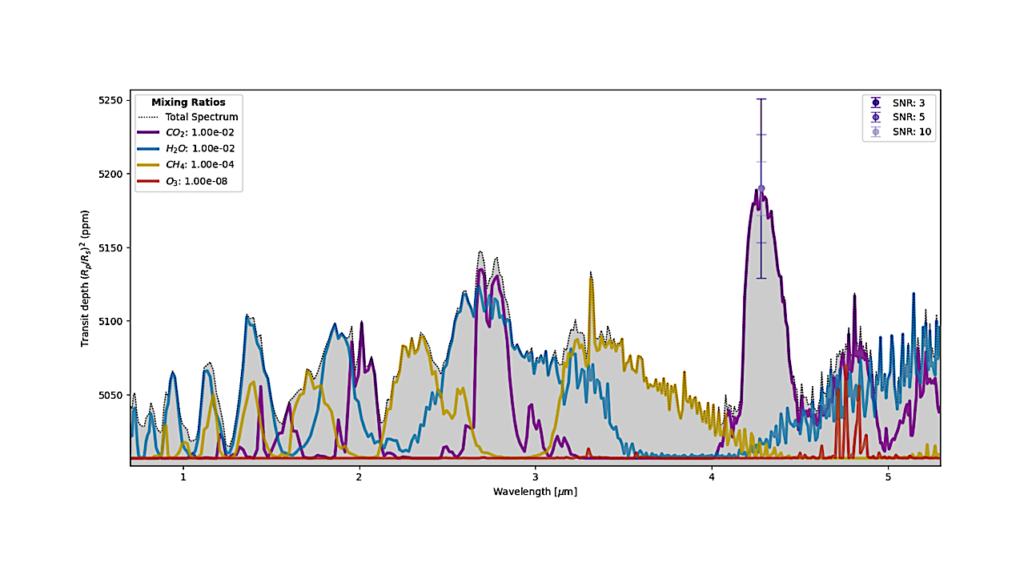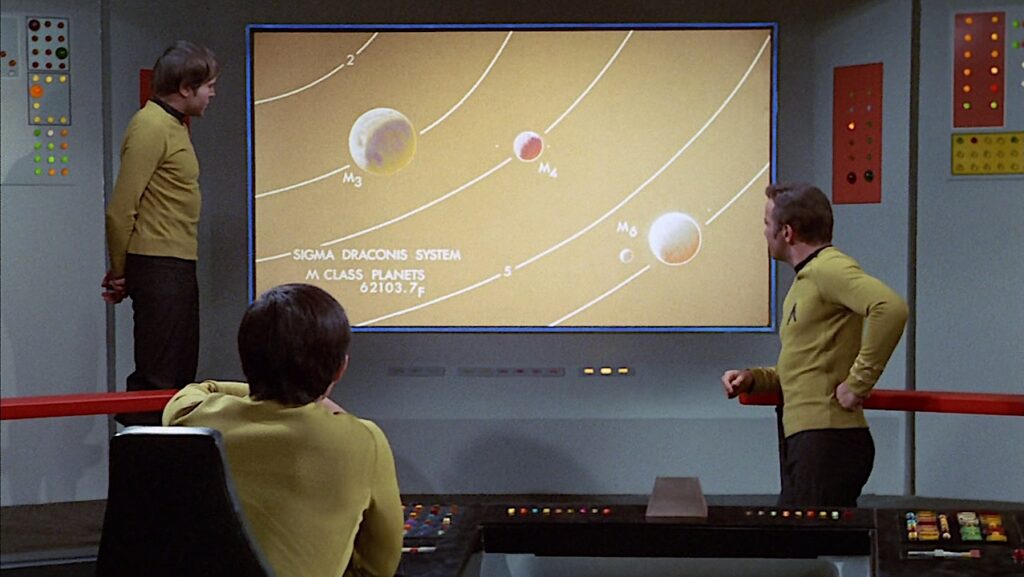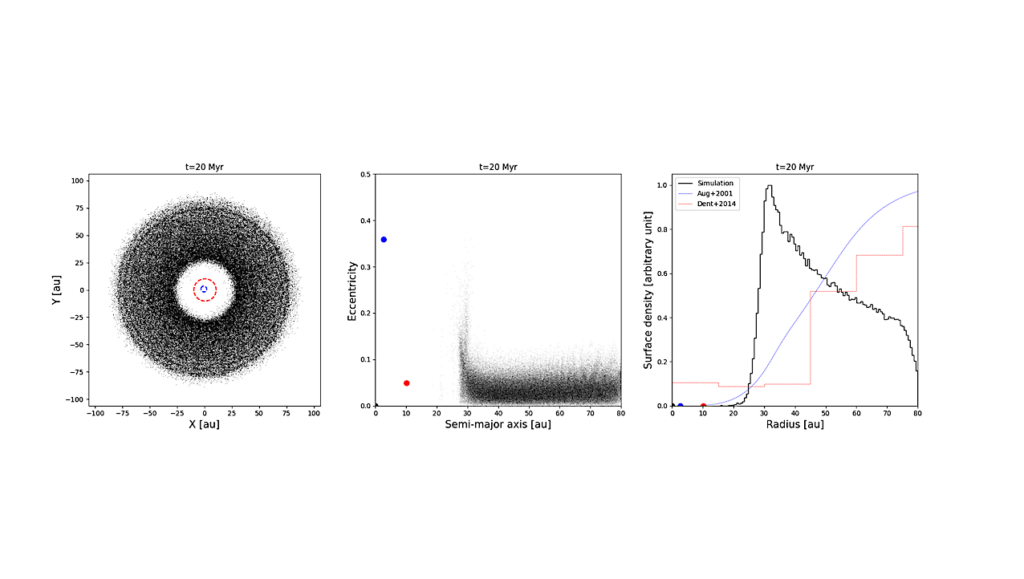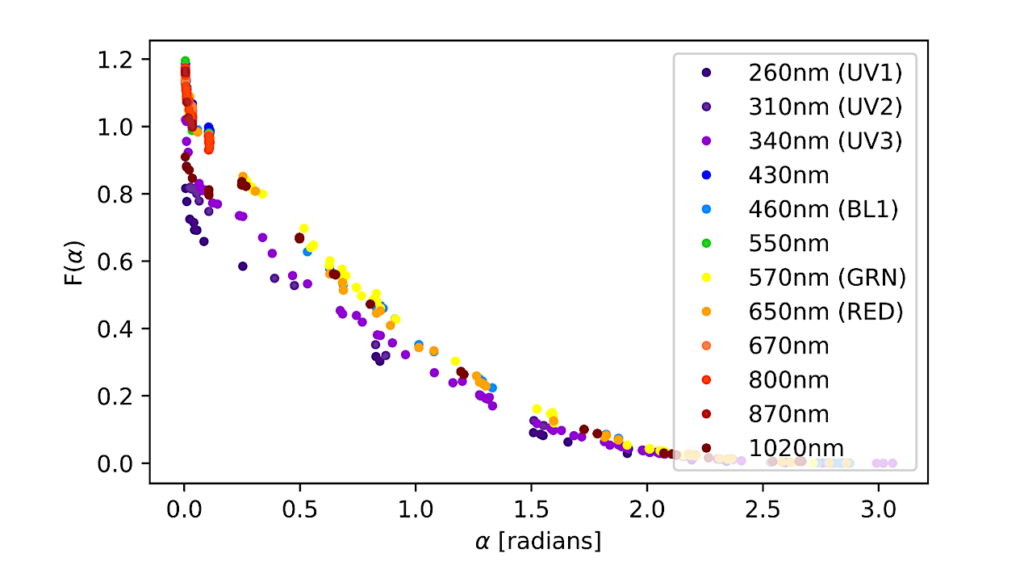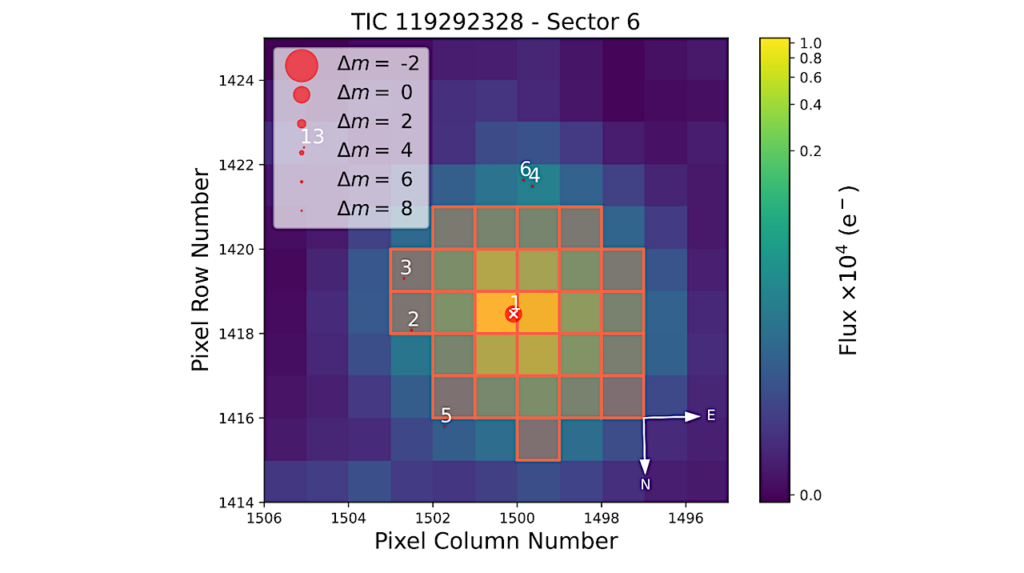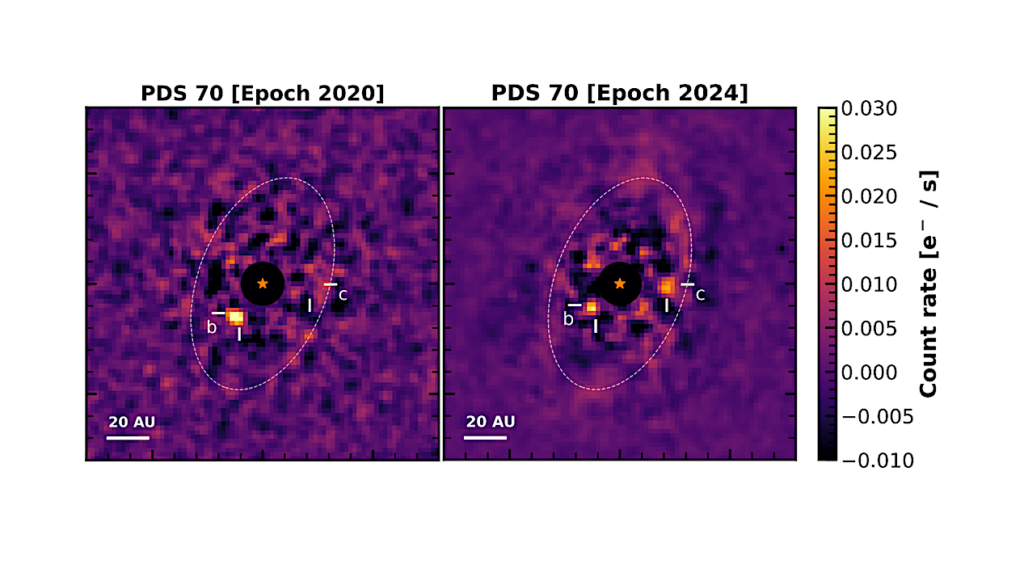Circumplanetary Disks Are Rare Around Planets At Large Orbital Radii: A Parameter Survey Of Flow Morphology Around Giant Planets

We investigate how the formation and structure of circumplanetary disks (CPDs) varies with planet mass and protoplanetary disk aspect ratio. Using static mesh refinement and a near-isothermal equation of state, we perform a small parameter survey of hydrodynamic simulations with parameters appropriate for disk-embedded protoplanets at moderate to large orbital radii.
We find that CPD formation occurs along a continuum, with “diskiness” increasing smoothly with planetary mass and decreasing disk aspect ratio. As expected from disk hydrostatic equilibrium arguments, the transition from envelope-dominated to disk-dominated structures is determined to first order by the ratio of the planetary Hill sphere radius to the disk scale height, but planets need to be significantly super-thermal to host classical rotationally supported CPDs.
The circularization radius of inflowing gas (as a fraction of the Hill sphere radius) shows an approximately quadratic power-law scaling with the ratio of planetary mass to the thermal mass. Compared to more physically complete radiation hydrodynamic simulations, our runs almost maximize the possibility for classical CPD formation, and hence define a plausible necessary condition for CPDs.
The low abundance of detected CPDs in disks where planetary companions are inferred from substructure data may be due to a combination of the large scale height of the protoplanetary disk, and a low frequency of sufficiently massive protoplanets.
Unless their CPDs cool below the local protoplanetary disk temperature, most of the wide-orbit giant planet population will be embedded in quasi-spherical envelopes that are hard to detect. Disks, and satellite systems, are more likely to form around smaller orbital separation planets.
Sabina Sagynbayeva, Rixin Li, Aleksandra Kuznetsova, Zhaohuan Zhu, Yan-Fei Jiang, Philip J. Armitage
Comments: Submitted; comments are welcome
Subjects: Earth and Planetary Astrophysics (astro-ph.EP); Solar and Stellar Astrophysics (astro-ph.SR)
Cite as: arXiv:2410.14896 [astro-ph.EP] (or arXiv:2410.14896v1 [astro-ph.EP] for this version)
https://doi.org/10.48550/arXiv.2410.14896
Focus to learn more
Submission history
From: Sabina Sagynbayeva
[v1] Fri, 18 Oct 2024 22:39:23 UTC (15,179 KB)
https://arxiv.org/abs/2410.14896
Astrobiology, Astronomy,


